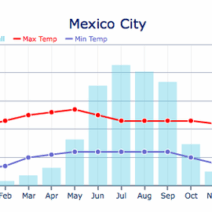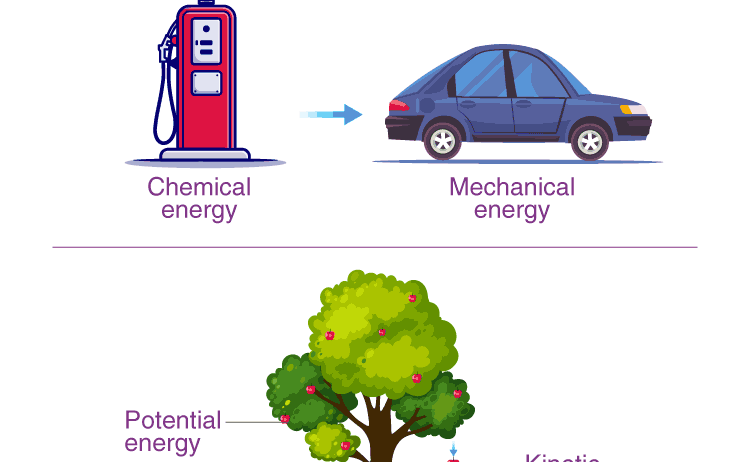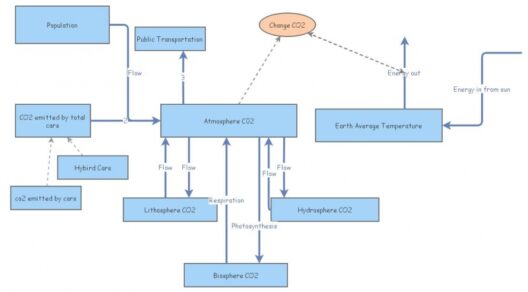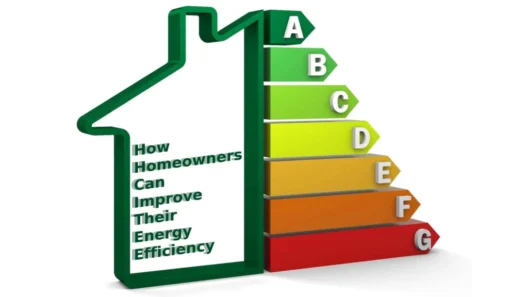In the grand tapestry of the universe, the Law of Conservation of Energy serves as a cardinal thread, weaving through various domains of science and existence. This law postulates that energy cannot be created or destroyed; rather, it transforms from one form to another. This principle is akin to an eternal cycle, much like a river that flows endlessly while changing its shape and form along the way. Understanding this concept is pivotal for grasping the intricacies of everything from the sublime workings of nature to the ingenious creations of technology.
The law is rooted in the foundational principles of physics and is a manifestation of the second law of thermodynamics. It asserts that energy is conserved in isolated systems. This means that the total energy of a closed system remains constant, despite the conversions that may occur within it. When energy changes from kinetic to potential, or thermal to mechanical, its overall quantity remains unchanged. So, when we light a bulb, the chemical energy stored in the fuel is transmuted into electrical energy, followed by the creation of light and heat energy. This chain of transformation beautifully illustrates the persistent nature of energy amidst its multifaceted manifestations.
The implications of the Law of Conservation of Energy extend far beyond the confines of academic inquiry. They become a guiding philosophy for environmental sustainability and resource management. Just as an artist respects the balance of colors on a palette, humans must respect the balance of energy in our ecosystems. The principle encourages us to be mindful of how we use energy, highlighting the importance of efficiency and innovation in conservation efforts.
Isolated systems, however, are a rarity in our interconnected world. The universe, in all its complexity, is not truly closed. Thus, external forces can introduce energy into a system or expel it from one. This is vividly illustrated in the ecological cycle—a rich tapestry that showcases energy transfer from the sun to plants, from plants to animals, and ultimately back to the environment through decomposition. The sun shines ubiquitously, its energy a lifeblood, facilitating photosynthesis while setting the stage for a dynamic interplay of life forms striving to harness this energy for survival.
To elucidate the concept further, consider the metaphor of a bank account. Imagine energy as a currency. Just as individuals can deposit and withdraw from their accounts, energy undergoes transactions through various forms. You can deposit solar energy through photovoltaics, withdraw it in the form of electricity, and spend it on various activities—from powering your home to charging your electric vehicle. However, if individuals continually withdraw without replenishing their accounts, bankruptcy will inevitably ensue. This poignant analogy emphasizes the necessity of sustainable practices in energy consumption.
The industrial age heralded a significant transformation in our relationship with energy through the heavy reliance on fossil fuels. Once hailed as a boon propelling humanity into a new era of progress, this reliance is now scrutinized through the lens of the Law of Conservation of Energy. The extraction and utilization of fossil fuels lead to energy transformations that not only release energy for human use but also raise concerns over environmental degradation and climate change. Understanding the overarching principle of energy conservation instills a sense of urgency and a call to action to shift towards renewable resources, where energy can be harvested and utilized with minimal ecological impact.
Renewable energy sources—solar, wind, hydro, and geothermal—embody the essence of conservation. They replenish naturally and offer the promise of a sustainable future. While the mechanics of these technologies involve complex systems of energy transformation, the underlying principle remains steadfast: energy is conserved. Solar panels absorb sunlight, converting it into electrical energy without depleting the sun’s resources. Wind turbines capture the kinetic energy of moving air, transforming it into mechanical energy, which is then used to generate electricity. Each conversion adheres to the law, eloquently affirming that energy, while mutable, is eternally present.
In addition to renewable sources, energy storage plays a crucial role in the conservation paradigm. Advancements in battery technology, energy efficiency, and smart grids allow for the effective storage and distribution of energy. Analogous to a reservoir accumulating rainwater, these systems maximize the use and retention of energy, ensuring that it is not squandered in transformation or transit. This reservoir of stored energy underscores the importance of innovation in the context of the conservation law, showcasing humanity’s urge to adapt and evolve as stewards of the planet.
As custodians of the Earth, embracing the Law of Conservation of Energy requires a paradigm shift in how we perceive energy use and sustainability. It advocates for a holistic view of energy management that incorporates efficiency, conservation, and renewable resources. Through education and awareness, individuals and societies can harmonize their energy usage with the natural world. Just as the vibrant ecosystem thrives on the balance of energy exchanges, so too must we cultivate practices that honor this intrinsic law.
In conclusion, the Law of Conservation of Energy is not merely a scientific adage; it is a profound reminder of the interconnectedness of all things. Each energy interaction, whether in a biological, mechanical, or ecological context, embodies a larger narrative of existence. Understanding this law enables us to foster a sustainable future—one where energy is treated as a priceless resource, carefully acknowledged and preserved for the generations to come. In this intricate dance of energy transformation, we must remain ever vigilant, ensuring that our actions contribute to equilibrium rather than imbalance, to permanence rather than depletion.








